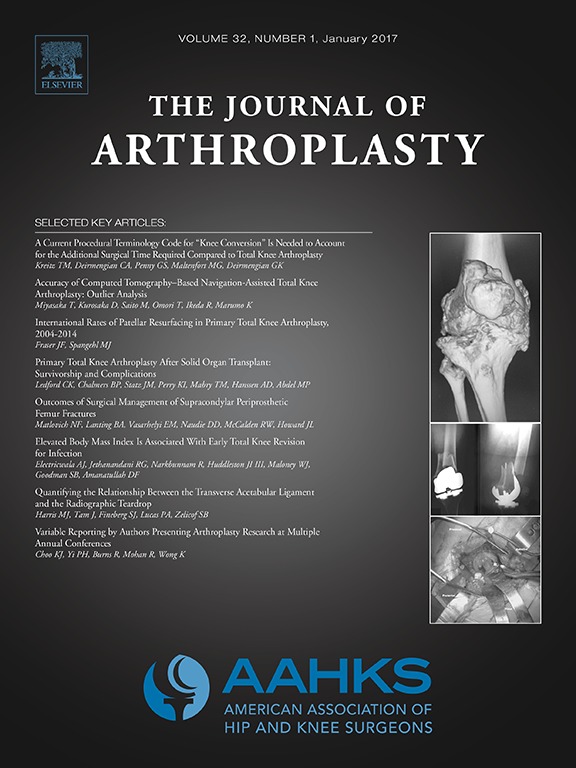
ARTHROPLASTY
THA: Low and high porous fixation methods are equivalent in rotation and translation
J Arthroplasty. 2013 Sep;28(8 Suppl):48-5262 patients received either a sintered bead porous surface or a titanium anatomic porous surface shell fixation method in their total hip arthroplasty to determine the radiographic results of each. The results suggest minimal translation and rotation in either group; however, significantly more translation was noticed in the low porosity sinistered bead surgery in the 'Y' axis. Pain scores assessed by the WOMAC and HHS were also higher in the low porosity treatment but these patients experienced superior physical component scores. The results from this study indicate that both implant types are acceptable for use in total hip arthroplasty and provide excellent biological fixation.
Unlock the full ACE Report
You have access to {0} free articles per month.Click below to unlock and view this {1}
Unlock NowCritical appraisals of the latest, high-impact randomized controlled trials and systematic reviews in orthopaedics
Access to OrthoEvidence podcast content, including collaborations with the Journal of Bone and Joint Surgery, interviews with internationally recognized surgeons, and roundtable discussions on orthopaedic news and topics
Subscription to The Pulse, a twice-weekly evidence-based newsletter designed to help you make better clinical decisions
Exclusive access to original content articles, including in-house systematic reviews, and articles on health research methods and hot orthopaedic topics
Or upgrade today and gain access to all OrthoEvidence content for just $1.99 per week.
Already have an account? Log in


Subscribe to "The Pulse"
Evidence-Based Orthopaedics direct to your inbox.
{0} of {1} free articles
Become an OrthoEvidence Premium Member. Expand your perspective with high-quality evidence.
Upgrade Now












































































